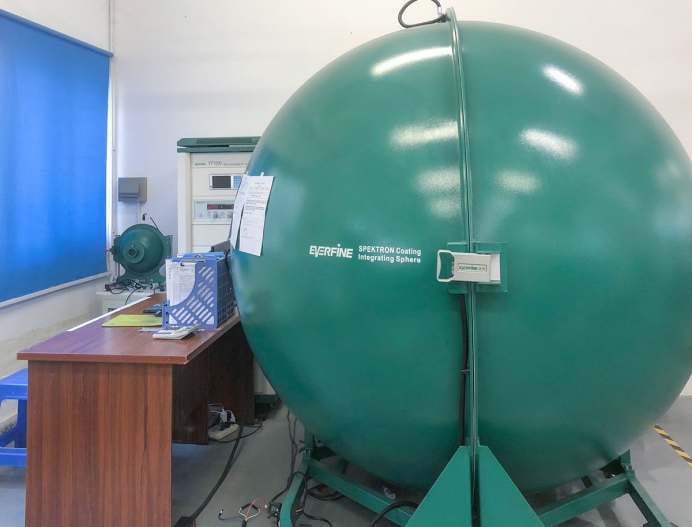
Understanding Grow Light PAR, PPF, PPFD and PPE
litescience 2021-11-04
If you are not a professional optical engineer or plant expert, when you are browsing grow lights, you are likely to be confused by the acronyms of professional terms such as PAR and PPFetc.Today let's take a look at these important metrics about grow lights.
Why Do Grow Lights and Traditional Lights Use Different Metrics? Lumen vs PAR
As we all know, lumen is a measurement unit of the total amount of visible light emitted by a light source per unit time, but when it comes to grow lights, it just doesn’t matter. Because plants cannot see the light like we do. For plants, PAR can better measure the total amount of visible light falling on plants.
Regarding PAR
PAR is the acronym of Photosynthetic Active Radiation, which specifically refers to the effective spectrum used by plants for photosynthesis, with a wavelength range of 400~700nm. PAR is not a measurement unit, there are two labeling units, one is expressed in photosynthetic irradiance (w/m2), which is mainly used for the general research on photosynthesis of sunlight, one is expressed by photosynthetic photon flux PPF, which is mainly used for the research of plant photosynthesis by artificial light sources, namely LED grow lights.

Regarding PPF
PPF is the acronym for Photosynthetic Photon Flux, the unit is umol/s, it is the best measurement of how much total PAR light a fixture can produce, One micromole corresponds to 602,214,150,000,000,000 photons. To put it simply, PPF is measurement of how many photosynthetic photons that a grow light can emits per second. PPF is measured by an integrating sphere, the fixture is placed in a circular sphere and the total number of photons of PAR light emitted by the lamp in all directions is measured. The sphere test tracks the number of PAR photons per second, and the result is expressed in umol/s. However, PPF does not indicate how many photons fall on the plants, because it only accumulates the total output. For this, you also need to understand PPFD.

Regarding PPFD
PPFD is an important metric to measure the performance of LED grow lights, it is the acronym of Photosynthetic Photon Flux Density, and the unit is umol/m2/s. It represents the PPF within one square meter, which is the number of PAR photons falling on a given surface per second. When you know PPFD, you know the amount of PAR photons reaching your crop at each measurement point. PPFD is usually measured with a PAR meter, you can place it at any position or height to see the actual photons of the spot. PPFD measurement also depends on the height of the light source. Simply put: the longer the distance of the grow light, the wider the coverage area, but the lower the intensity. Therefore, it is important to know from which distance the light source was measured. Only by measuring the PPFD value over the entire illuminated area and at different distances above the tree canopy can a useful comparison between grow lights be made.

Regarding PPE
PPE is the acronym of Photosynthetic Photon Efficacy, and it is an important metric to measure the lighting efficiency of a fixture. In LED grow lighting, PPE is a measure of how much PAR light is produced by a grow light from its input power. The metric unit used to measure PPE is micromoles/second/watt (PPF/watt), which can be simplified to umol/J, because watt is equal to Joule/second. PPE is the PAR photon output of the light source divided by the input power to produces that light, so if you know the PPF and the power of a fixture, you can just divide to get its PPE. Understanding the PPE of LED grow lights is critical for making wise purchases and achieving high yields. The PPE of the grow lights from Lite Science can reach up to 3.0umol/J, which is the right choice for commercial growers.
The metrics we have discussed above are important for you to choose the right fixture. If you’re not sure where to start, we recommend checking out the LED lighting line at Lite Science. We have a full range of horticultural lighting products which are UL 8800 compliant, cETL compliant, IP66 waterproof, and designed for the commercial growth of cannabis. All lights perform well above average in terms of PAR, PPF, PPFD, and PPE Metrics.
Want to know more about LED grow lights? Contact us, Lite Science is always here to support driven growers.